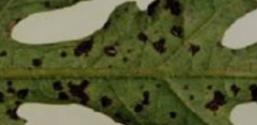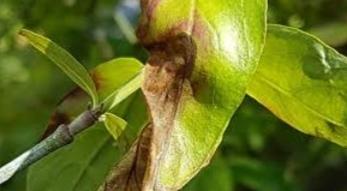Monarch curly leaf plant
Monarch Curly Leaf commonly called as Monarch Fern, possibly referring to a specific plant variety, may have varying care requirements. Generally, provide well-draining soil, appropriate sunlight, and regular watering. Pruning and fertilizing practices may vary based on the specific characteristics of this plant.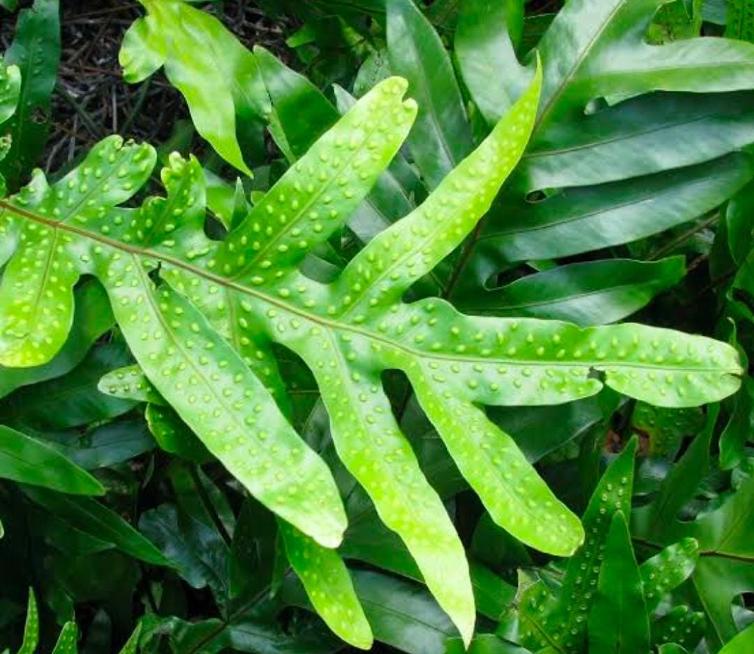
Habit
Perennial
Height
0.5-1 meter
Growth
Slow
Soil
Well-drained, sandy soil
Shade
Indirect light to shade
Moisture
Moist
Edible
No
Medicinal
No
Origin
Africa
Climatic Condition
Warm, semi-arid
Temperature (°)
20-30
Humidity (%)
60-70
Potting media
Loamy or cactus mix
Fertilizers
Nitrogen-rich
Watering
Low
Plant Weight
200-300 grams
Flowering Time
Spring to Fall
Soil Ph level
6.0-7.5
Water Ph level
6.0-6.5
Soil EC
0.3-0.4 mS/cm
Yield Per Plant
Low
NPK ratio
10:10:10
life Span
2-5 years
Health Benefits
Used in ornamental gardening, improves air quality, low maintenance
Suggested Grow Media or Potting Mix ?
50% peat moss, 30% perlite, 20% compost
Suggested Fertigation/Fertilizers
Fertilize every 4 weeks with a balanced, water-soluble fertilizer.
Common Diseases and Remedies
Bacterial leaf spot , Anthracnose
Small grey or dark green leaf spots enlarge and become irregular in shape and turns tan, dark brown or black . Circular to oval brown leaf spots have a yellow halo.
Avoid overhead watering . Remove infected leaves .
HEALTH BENEFITS
- High in fiber – Supports digestion and gut health.
- Rich in antioxidants – Helps protect cells from damage.
- Anti-inflammatory – May support overall immune health.
What Is An Monarch Curly Plant?
Monstera Adanthony The Monarch Curly Leaf plant, also known as 'Curly' or Swiss Cheese Vine, is a popular ornamental plant prized for its unique holey leaves. It belongs to the Araceae family and is native to Central and South America. 'Curly' varieties usually have more pronounced waves or curls on the leaf edges, further adding to their beauty. Grows in bright indirect light and well-drained soil. Regular watering and drying periods between waterings are ideal for care.

What Are The Different Types Of Monarch Curly Leaf?
1. Monstera adansonii 'Swiss Cheese Vine'
A classic Monstera variety known for its perforated leaves.
2. Monstera adansonii 'Wide Form'
Similar to Swiss cheese vine, but with wider leaves.
3. Monstera adansonii "Curly"
This may refer to certain varieties or hybrids that have more pronounced waves or curls along the edges of the leaves.
4. Monstera deliciosa 'Constellation of Thailand'
Although not particularly known for its curly leaves, this variety of Monstera deliciosa is characterized by colorful leaves with unique patterns.
How To Care For Monarch Curly Leaf
1. Location
Monstera adansonii, commonly referred to as Swiss Cheese Vine or Monstera Vine, is native to Central and South America. Found in areas such as Mexico, Panama, Guatemala, and Costa Rica, it usually grows as an epiphyte in the understory of tropical forests. This plant is very popular as a houseplant in many parts of the world because of its attractive foliage and easy care.
2. Sunlight
Monstera adansonii or Swiss cheese vine prefers bright, indirect sunlight. It can tolerate some morning sun and filtered light, but must be protected from strong afternoon sun, which can burn the leaves. In its natural habitat, it grows under the canopy of trees and receives dappled sunlight. As a houseplant, it's best placed near a window with curtains or blinds to diffuse light. If the plant does not receive enough light, its growth may become leggy and the characteristic windows in the leaves may be lost.
3. Soil
Monstera adansonii, like many tropical plants, prefers well-drained soil that retains some moisture but is not waterlogged. A suitable potting soil for this plant consists of a mixture of peat moss, perlite, and/or orchid bark that retains moisture while providing proper drainage. You can also add a small amount of compost or organic material to provide nutrients for healthy growth.
4. Hydration
Water your Monstera Adansonii when about 1 inch of soil feels dry. Typically, this means watering your plants once every 1 to 2 weeks, but the frequency will vary depending on factors such as temperature, humidity, and pot size. Increasing the humidity around your plants can have a positive impact on the overall health of your plants
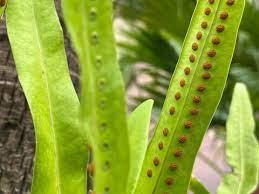
5. Nourishment
Feed Monstera adansonii with a balanced liquid fertilizer diluted to half strength every 4 to 6 weeks during the growing season (spring and summer). You can use an all-purpose fertilizer for houseplants or a fertilizer specifically for tropical plants. Incorporating organic matter into the soil when repotting can provide additional nutrients to your Monstera adansonii
6. Issues
Leaf discoloration, such as brown or yellow spots, can be caused by a variety of factors, including pests, fungal diseases, and environmental stress. Monitor your plants for signs of disease or pests and correct the underlying problem accordingly. Provide good air circulation around the plant to prevent fungal infections. Common pests that can affect Monstera adansonii include spider mites, mealybugs, and scale insects. Inspect your plants regularly for signs of pests, such as: Examples: cobwebs, sticky residue, small insects on leaves, etc. To prevent pest infestation, treat infestations promptly with insecticidal soap or neem oil and isolate affected plants.
What Are The Benefits Of Monarch Curly Leaf Fern Plant
Beauty Its unique leaf shape and pattern add a visual highlight to any interior space, making it a popular choice for interior decoration. Low maintenance: Monstera adansonii is relatively easy to care for, requiring only moderate light and regular watering. Therefore, it is suitable for busy people or those who are new to plant care. Versatility: Can be grown in a variety of conditions such as hanging baskets or trained to climb support structures, providing flexibility for display. Propagation Monstera adansonii is easily propagated by cuttings, allowing you to share and expand your collection without purchasing new plants.
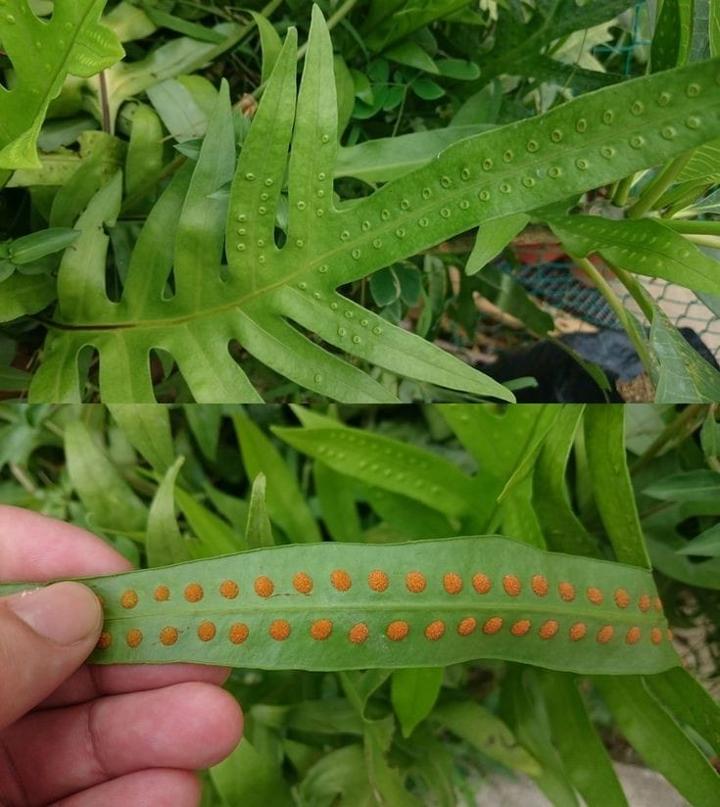
FAQs About Growing Monarch Curly Leaf
1. 1. What is the Monarch Curly Leaf Plant?
The Monarch Curly Leaf Plant, scientifically known as Monstera adansonii, is a tropical climbing plant with distinctive leaves. The leaves are usually heart-shaped or oblong with irregular holes or notches at the edges, giving them a unique and complex appearance. The leaves vary in size, but are usually about 5 to 10 inches long
2. What are the light requirements of Monstera adanthoni?
Monstera adansonii or Monarch butterfly houseplant prefers bright indirect light. Grows in moderate to high indirect sunlight. Leaves may burn if exposed to direct sunlight. Therefore, it is best to place the plant near a window with sheer curtains or in a place where it receives filtered sunlight.
3. What kind of soil is suitable for Monstera adanthoni?
Monstera adanthoni grows in well-drained soil that is rich in organic matter. A suitable potting mix for Monstera adansonii consists of a combination of peat moss, perlite, and a small amount of coarse sand or orchid bark to ensure drainage.
4. When is the best time to take cuttings for propagation?
The best time to take cuttings to propagate Monstera adansonii is in spring or early summer when the plant is actively growing. is. This usually occurs when the plant is growing new and showing higher levels of energy and vigor.
5. Can I grow Monstera adansonii in a hanging basket?
Monstera adansonii can be grown in hanging baskets, especially when supporting vine growth. It cascades beautifully over the edge of the basket, creating a lush display. Make sure the basket has proper drainage to avoid water blockage.
